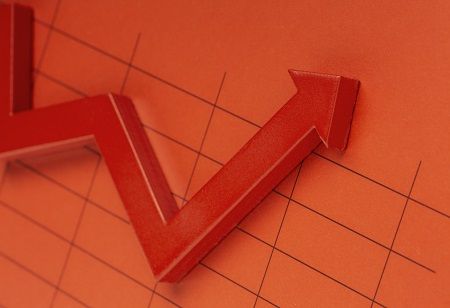
Sri Lanka's key inflation rate experienced a significant decline, dropping to 0.9 percent year-on-year in March from 5.9 percent in February, according to the statistics department's report on Thursday (Mar 28). The Colombo Consumer Price Index, which serves as a crucial indicator for broader national prices and tracks inflation in Colombo, Sri Lanka's largest city, recorded this decrease.
The reduction in inflation was primarily attributed to a 22 percent decrease in power tariffs for households implemented earlier in the month. This contributed to a notable decline of 4.7 percent in the Housing, Water, Electricity, and Gas category.
However, food prices saw a modest increase of 3.8 percent in March compared to 3.5 percent in February, as reported by the Department of Census and Statistics. Meanwhile, prices for non-food items rose by 0.5 percent this month, down from 7 percent year-on-year in February.
Dimantha Mathew, head of research at First Capital, expressed surprise at the magnitude of the reduction, which was lower than expected. Despite this, Mathew anticipates a slight upward trend in inflation for April, which he believes will contribute to economic growth.
Sri Lanka faced record-high inflation, peaking at 70 percent in September 2022, following a severe financial crisis triggered by a sharp decline in foreign exchange reserves. With the assistance of a US$2.9 billion program from the International Monetary Fund, Sri Lanka's economy has gradually stabilized, and growth is projected to resume this year after a contraction of 2.3 percent in 2023.
The Central Bank of Sri Lanka, which has reduced policy rates by 700 basis points since last year, aims to maintain inflation in line with the 5 percent target over the next 12-18 months. These rate reductions are part of the central bank's efforts to support economic recovery in the country.
We use cookies to ensure you get the best experience on our website. Read more...